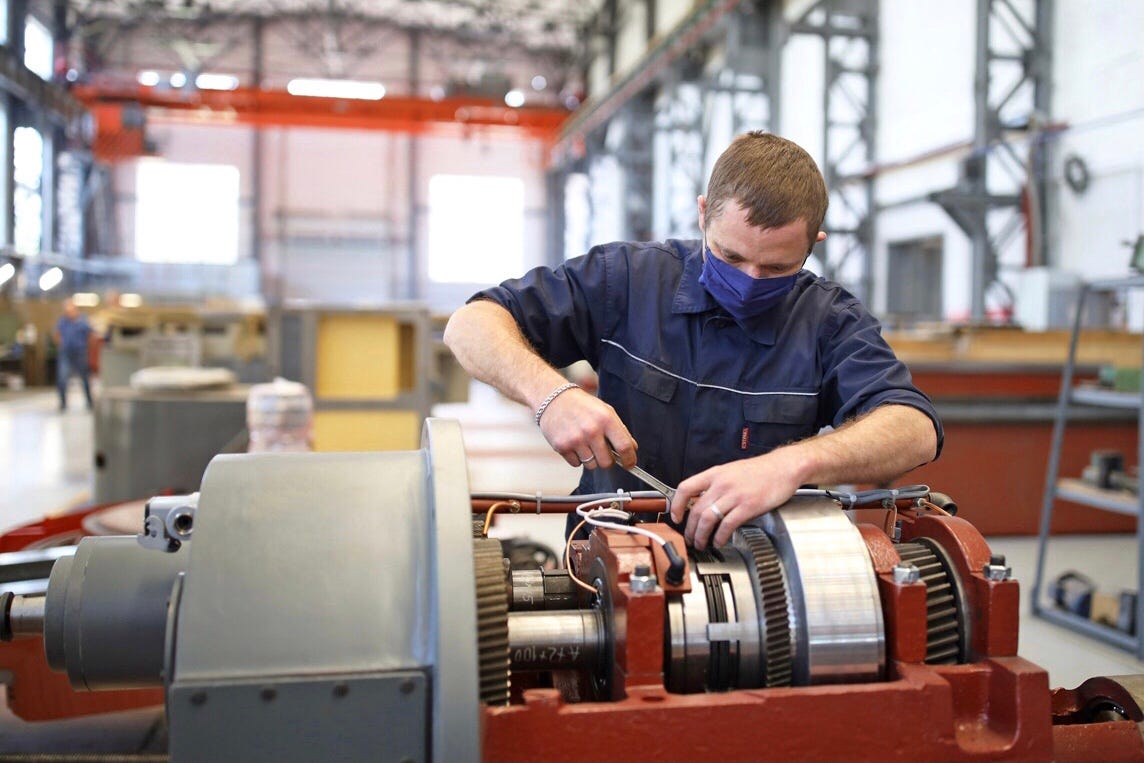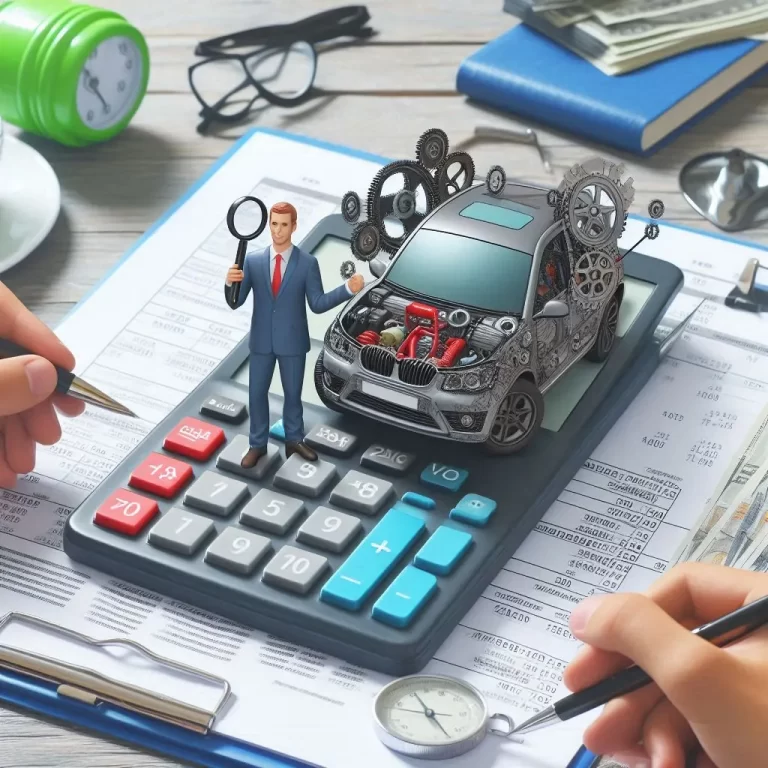
The Evolution of Cars
Cars, once simple modes of transportation, have evolved into intricate marvels of engineering and design, pushing the boundaries of technology and shaping the way we navigate the world. This exploration delves into the multifaceted world of cars, unraveling the stories beneath the hood, the elegance of design, and the transformative impact of technology.
The evolution of cars is a captivating journey reflecting technological advancements, shifting cultural preferences, and environmental considerations. Originating from rudimentary horseless carriages in the late 19th century, the automotive industry experienced a revolutionary turn with Henry Ford’s assembly line, making cars accessible to the masses.
Throughout the 20th century, designs became iconic, incorporating aerodynamics and luxury features. The energy crisis in the 1970s spurred a focus on fuel efficiency, leading to compact cars and innovations like catalytic converters.
In recent decades, the digital era has transformed cars into sophisticated, connected devices. Electric vehicles gained prominence as sustainability became a key focus, with Tesla leading the charge. Automation and artificial intelligence are reshaping the driving experience, paving the way for autonomous vehicles.

1. The Evolution of Cars Power and Precision: The Engineering Marvels
1.1 Engines: The Beating Heart of Mobility
At the heart of every car lies the engineering marvel that propels it forward – the engine. Whether fueled by traditional internal combustion or the silent hum of electric power, engines represent the core of automotive performance. High-performance engines not only deliver speed and power but also embody the relentless pursuit of efficiency and innovation within the automotive industry.
1.2 Transmission Systems: Seamlessly Shaping Motion
Complementing the power of engines, transmission systems play a crucial role in translating that power into controlled motion. From manual transmissions that offer a hands-on driving experience to sophisticated automatic and semi-automatic systems, the evolution of transmission technology continues to refine the driving experience, ensuring a seamless connection between the driver and the road.
2. Design Mastery: Aesthetics and Function in Harmony
2.1 Exterior Elegance: Sculpting Visual Identities
Automotive design is an art form where aesthetics and functionality intertwine. The exterior of a car serves as its visual identity, with designers meticulously crafting lines, curves, and details that convey a unique character. From the iconic silhouettes of classic models to the avant-garde designs of modern vehicles, exterior elegance is a testament to the artistic ingenuity of automotive designers.
2.2 Interior Innovation: Creating Comfortable Havens
Beyond visual appeal, the interior of a car is a personalized space that merges innovation with comfort. Plush interiors, advanced infotainment systems, and ergonomic design create an immersive driving experience. Interior innovation not only caters to the driver’s needs but also transforms the car into a comfortable haven for passengers, showcasing a commitment to enhancing the overall journey.
3. Technological Frontiers: Navigating the Digital Age
3.1 Connectivity: Cars as Smart Devices
In the digital age, The Evolution of Cars cars have become more than transportation; they are smart devices on wheels. Advanced connectivity features seamlessly integrate with smartphones, offering real-time navigation, music streaming, and hands-free communication. Over-the-air updates keep vehicles technologically up-to-date, demonstrating the industry’s commitment to staying connected and responsive to evolving consumer needs.
3.2 Driver-Assistance Systems: Towards Autonomous Driving
Technological advancements extend to safety and convenience through driver-assistance systems. Adaptive cruise control, lane-keeping assistance, and automated parking are stepping stones towards autonomous driving. As sensors and cameras become more sophisticated, cars are equipped to navigate with increasing intelligence, promising a future where driving is safer and more efficient.
4. Cultural Impact: Beyond Transportation The Evolution of Cars
4.1 Cultural Icons: Symbols of Freedom and Status
Cars have transcended their utilitarian role to become symbols deeply embedded in culture. Classic models evoke nostalgia and signify automotive heritage, while luxury vehicles symbolize status and achievement. The cultural impact of cars extends beyond transportation, shaping societal norms and reflecting the ever-changing aspirations of individuals.
4.2 Sustainable Mobility: Paving the Green Path
Amid environmental concerns, cars are steering towards sustainable mobility. Electric vehicles (EVs) and hybrid technologies represent a shift towards greener alternatives. The automotive industry is actively embracing sustainability, aiming to reduce carbon footprints and pioneer eco-friendly solutions for the future.
Read More : Cars: Beyond Transportation, A Symphony of Innovation




